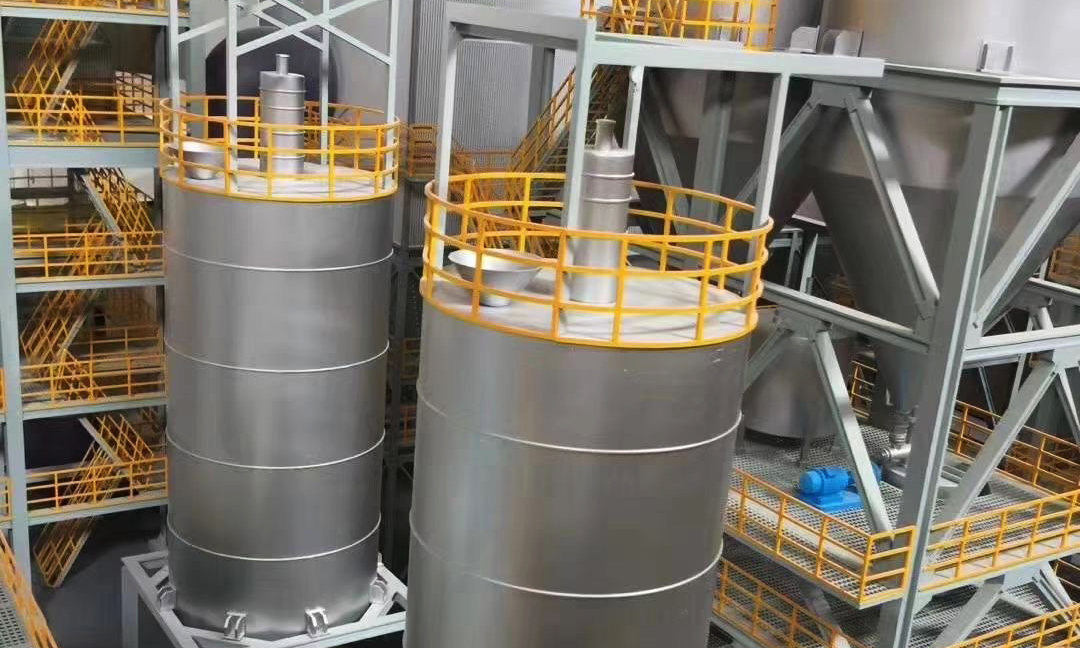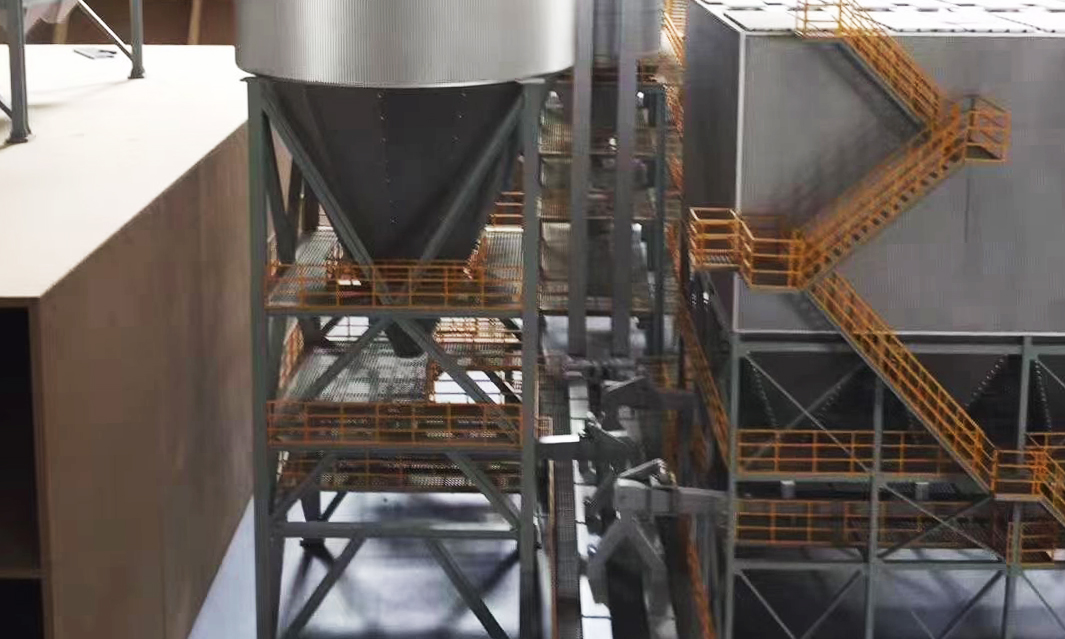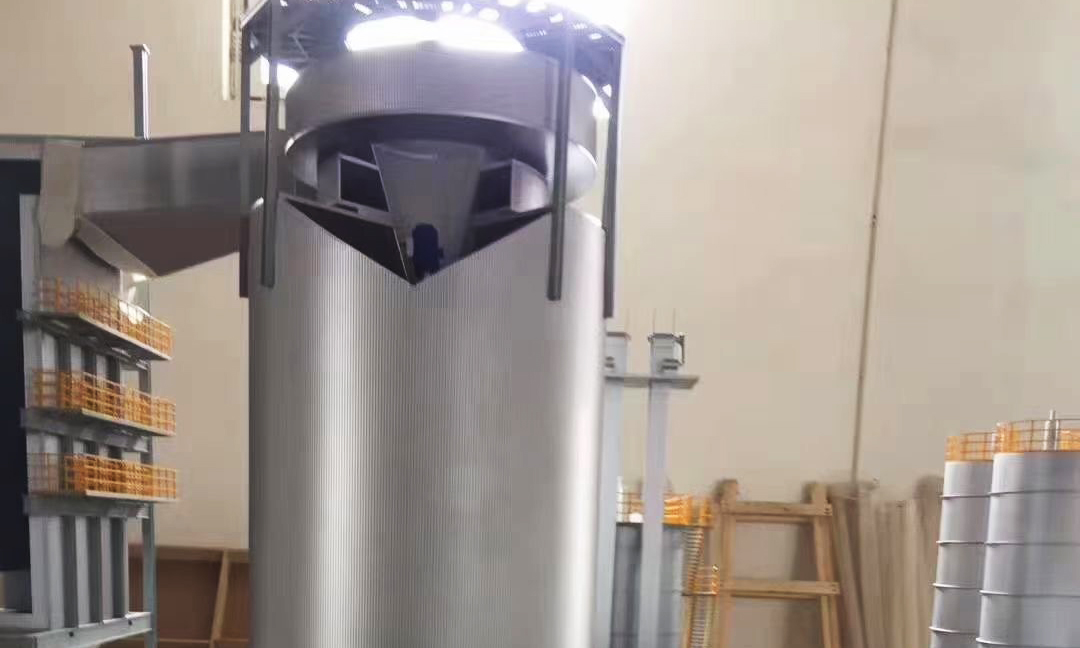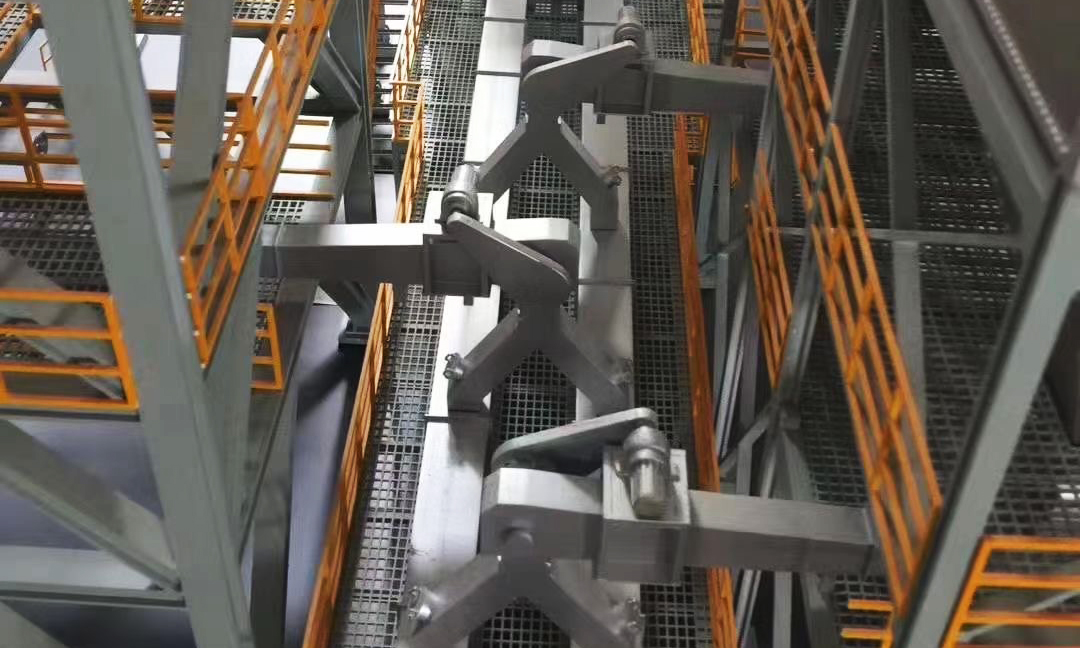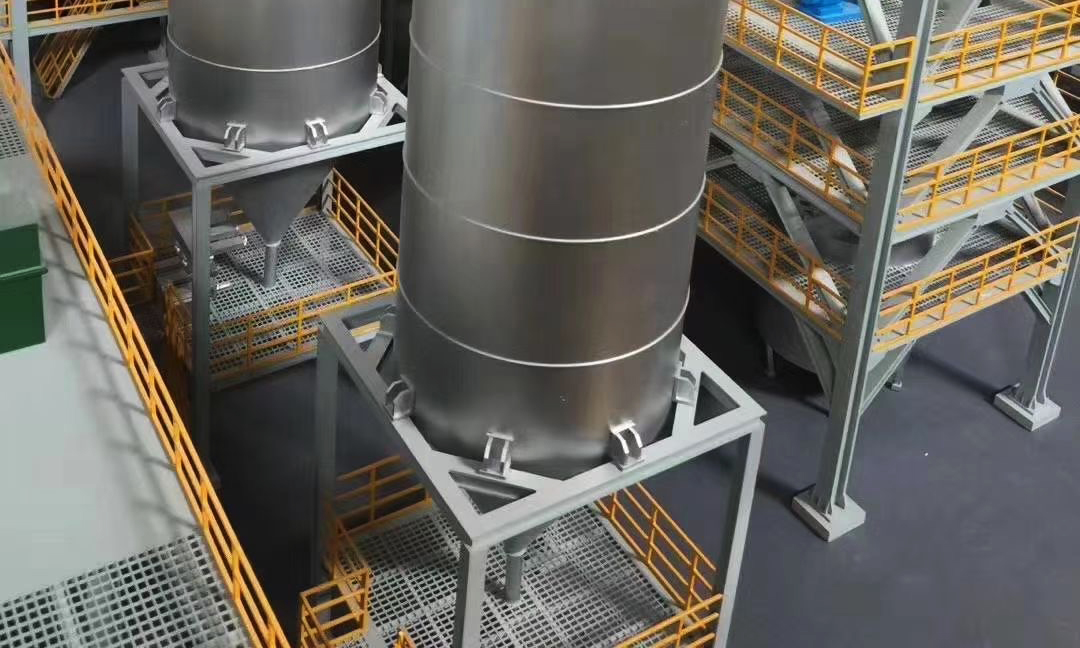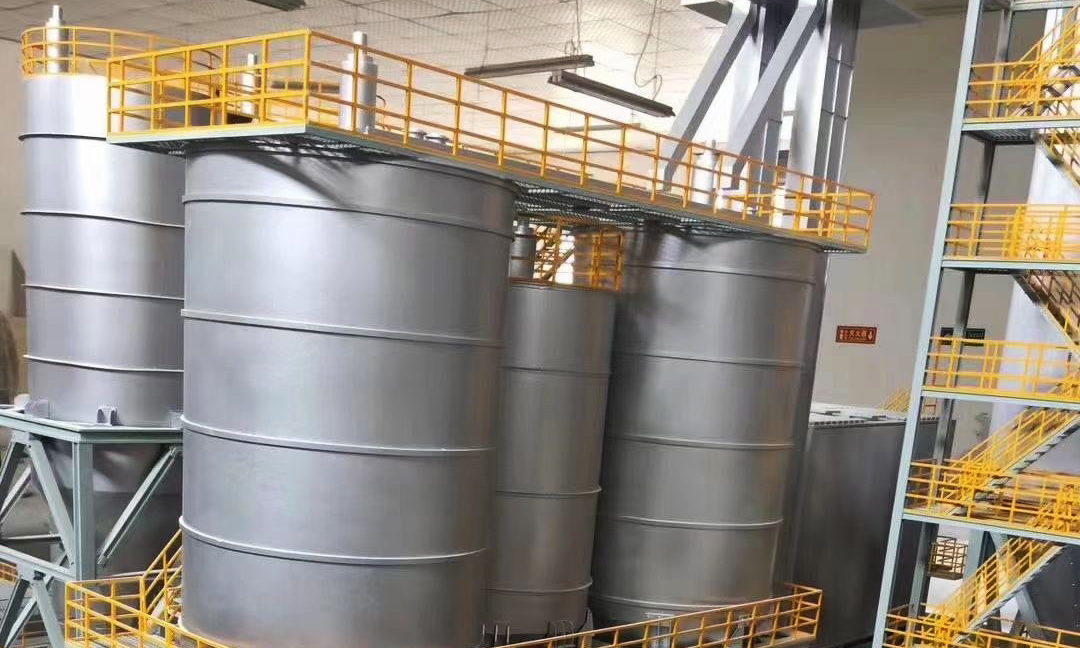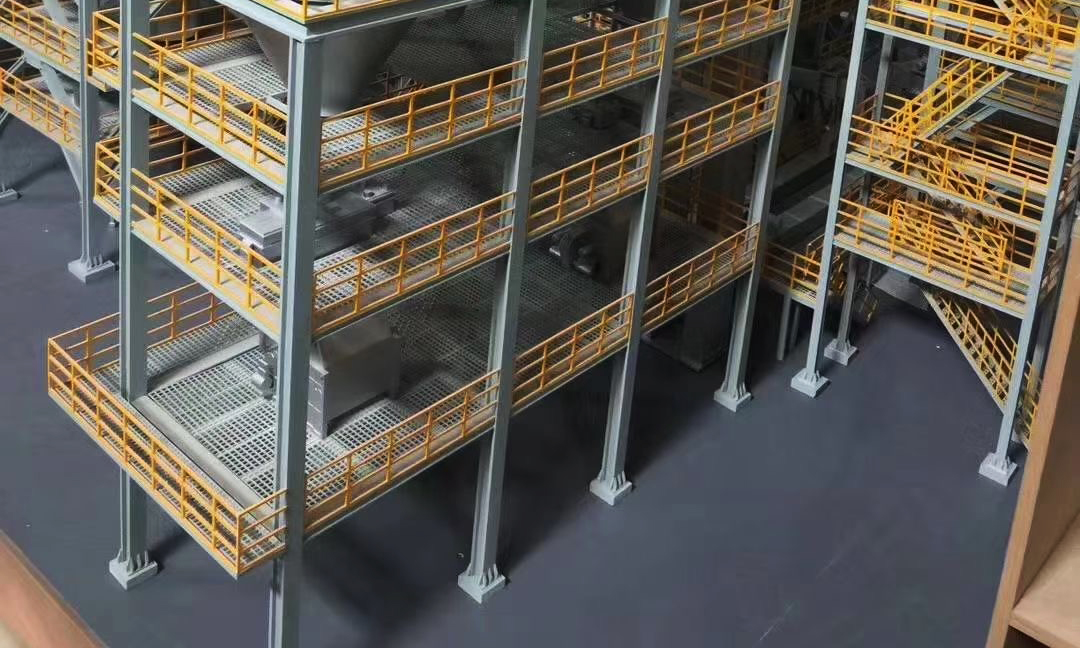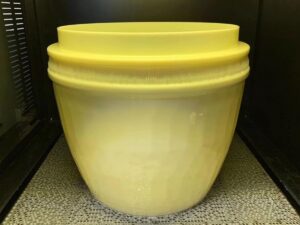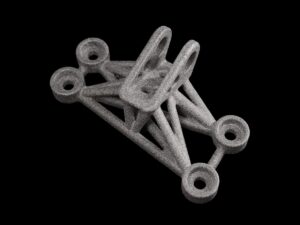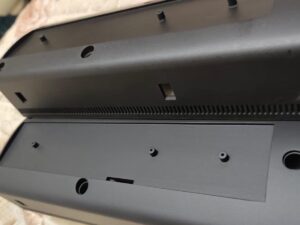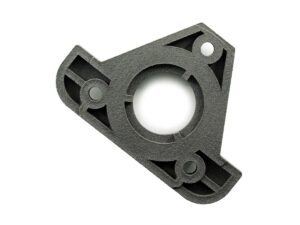Gallery
About Project
Chemical plants are hard to model in their entirety because they are so massive. Most chemical plants (or refineries) consist of multiple process units, each typically with heater(s), columns, heat exchangers, piping.
In this case, the chemical design institute which was designated to develop the plant, kindly offered the 3D model to us. It made things much easier. The traditional manufacturing method would cost a lot in time and money to build tanks, high-pressure vessels, and cooling towers with mazes of pipes.
With SLA 3D printing and CNC machining technology, the processing time can be reduced to 1/4 of the original time, and the costs can be largely cut down. The hollowed-out guard bars, staircases, and grid floors are relatively easier to be made by SLA 3D printing, but it also costs much in post-processing as the marks on the resin parts should be filed by hand.
Solution
- Step 1: Split the 3D model and sort out by different kinds of parts and required post-processing.
- Step 2: 3D print the towers, tanks, rails, pipes, stairs, and upper grid floors, etc. with SLA Tough Resin.
- Step 3: Wash the resin prints, post-cure them with UV, use a grater and sandpaper to remove all the marks.
- Step 4: Brush the tanks, towers, upper floors, etc. with metallic paint. Paint the guardrails in yellow.
- Step 5: CNC mill and laser cut the ground floors with ABS boards.
- Step 6: Assemble all the parts and glue them together.
